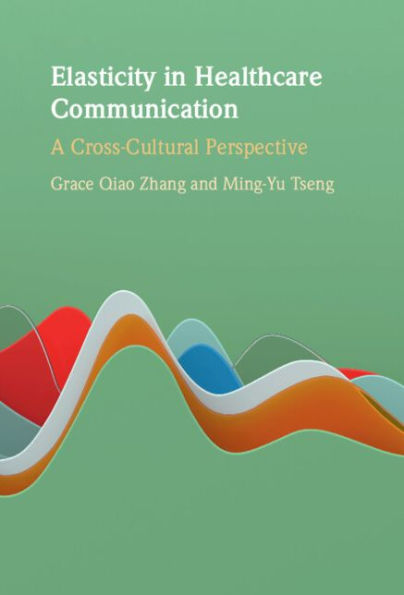Elastic language is a phenomenon in linguistics that refers to how we stretch the meanings of words, depending on the context in which they are used – for example many, about 20, perhaps, could be. This study looks specifically at elastic language in the fields of medicine and healthcare, showing how it is used to serve both the patient's and the professional's needs. It explores the pragmatics and metapragmatics of elasticity in the delivery of online medical information as a way of avoiding miscommunication. Based on data from Chinese and English sources, it takes a cross-cultural perspective, to present an account of harmony and disharmony between professional medical websites and their users. Adding exciting new dimensions to the fields of health communication and pragmatics, it is essential reading for scholars and advanced students in semantics, pragmatics, discourse analysis and interactional linguistics, as well as professionals involved in healthcare and communication.
1141266586
Elasticity in Healthcare Communication: A Cross-Cultural Perspective
Elastic language is a phenomenon in linguistics that refers to how we stretch the meanings of words, depending on the context in which they are used – for example many, about 20, perhaps, could be. This study looks specifically at elastic language in the fields of medicine and healthcare, showing how it is used to serve both the patient's and the professional's needs. It explores the pragmatics and metapragmatics of elasticity in the delivery of online medical information as a way of avoiding miscommunication. Based on data from Chinese and English sources, it takes a cross-cultural perspective, to present an account of harmony and disharmony between professional medical websites and their users. Adding exciting new dimensions to the fields of health communication and pragmatics, it is essential reading for scholars and advanced students in semantics, pragmatics, discourse analysis and interactional linguistics, as well as professionals involved in healthcare and communication.
32.99
In Stock
5
1

Elasticity in Healthcare Communication: A Cross-Cultural Perspective

Elasticity in Healthcare Communication: A Cross-Cultural Perspective
Related collections and offers
32.99
In Stock

Product Details
| ISBN-13: | 9781108905138 |
|---|---|
| Publisher: | Cambridge University Press |
| Publication date: | 08/18/2022 |
| Sold by: | Barnes & Noble |
| Format: | eBook |
| File size: | 23 MB |
| Note: | This product may take a few minutes to download. |
About the Author
From the B&N Reads Blog
